While the Italians might win style points, British carmakers have quietly built some of the world’s most rewarding sports cars. From Lotus to McLaren, and everything in between, the UK has a deep bench of machines that offer sharp handling, raw power, and plenty of character—sometimes even when reliability didn’t get the memo.
Below are 24 British sports cars that still stand tall, some famous, others underrated, all worth remembering.
Jaguar E-Type (XKE)
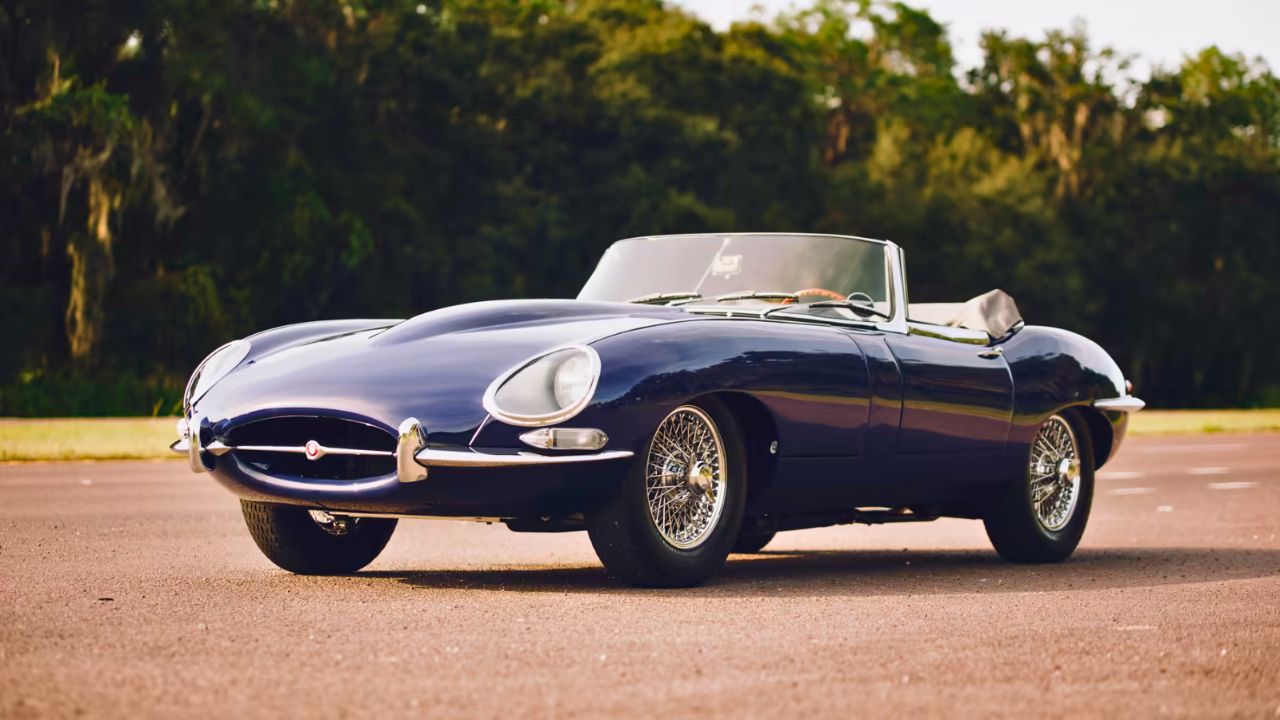
This one’s unavoidable. The Jaguar E-Type isn’t just a great British car—it’s a benchmark for what a sports car should look like. Even Enzo Ferrari supposedly called it the most beautiful car ever built. Behind the beauty was serious speed: 0 to 60 in 6.7 seconds and a 150 mph top end.
Lotus Elise Mk1
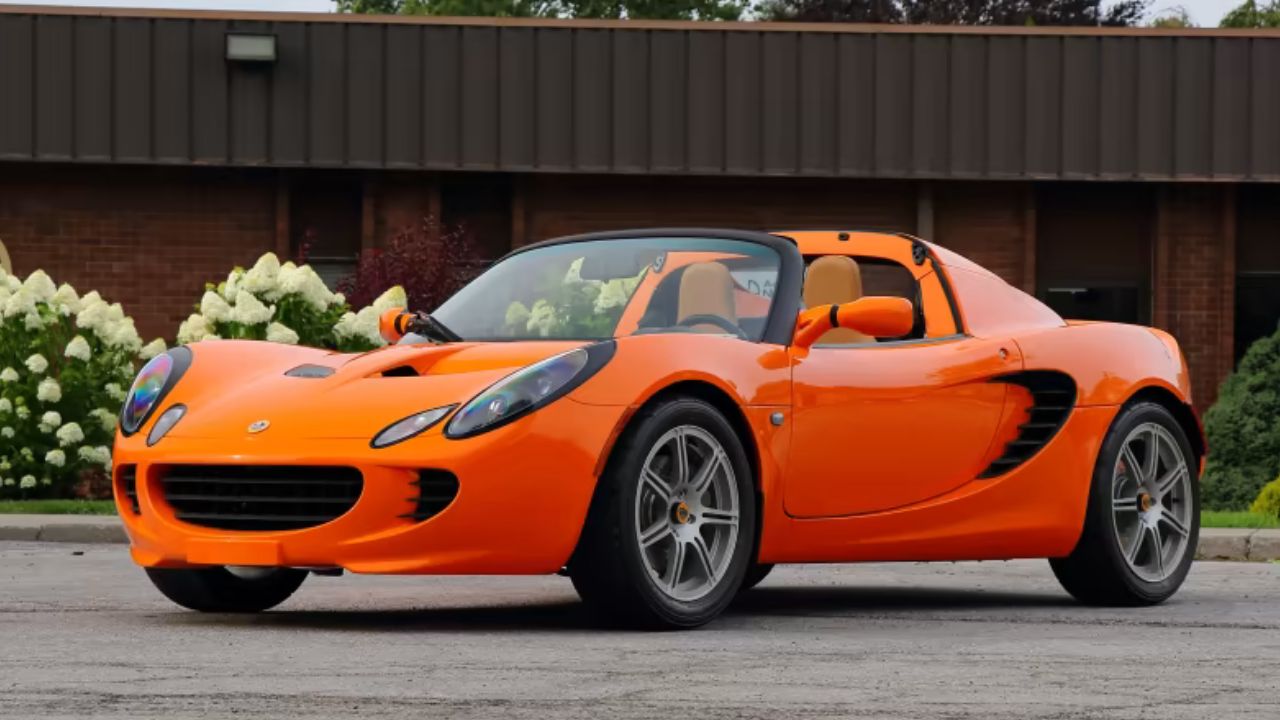
When Lotus dropped the Elise in the ’90s, it rewrote the rulebook on what lightweight could mean. Just over 1,500 lbs, powered by a 1.8L Rover inline-four with 116 hp, the Elise didn’t need big numbers to be fast. It handled like a go-kart and proved that less really is more.
McLaren F1
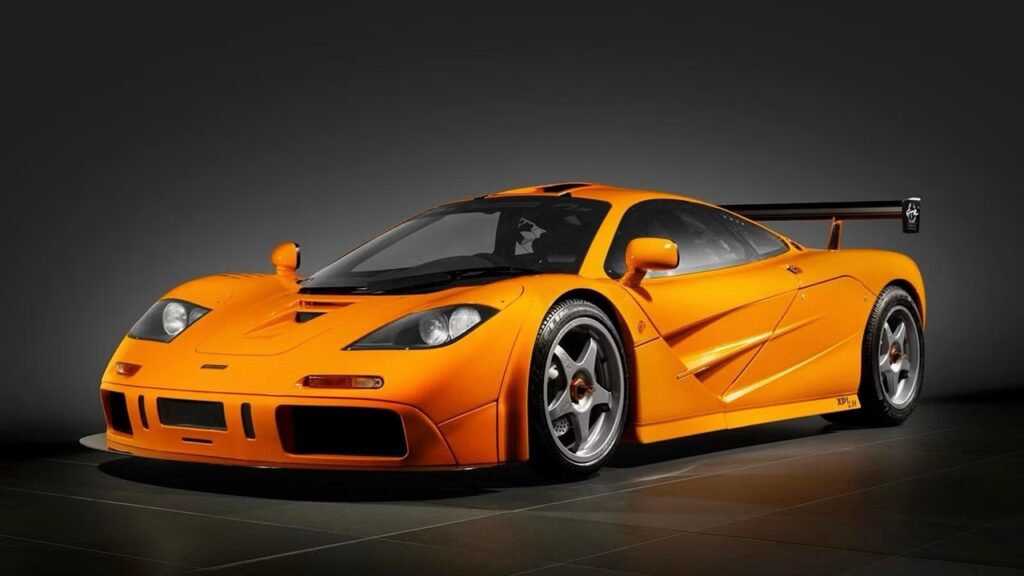
Still one of the fastest naturally aspirated cars ever, the F1 is as legendary as they come. Gordon Murray’s central-seat masterpiece used a BMW V12 to hit 240.1 mph. It had gold-lined engine bays and doors that opened like butterfly wings. Rare, wild, and demanding to drive—in the best way.
Aston Martin DB5
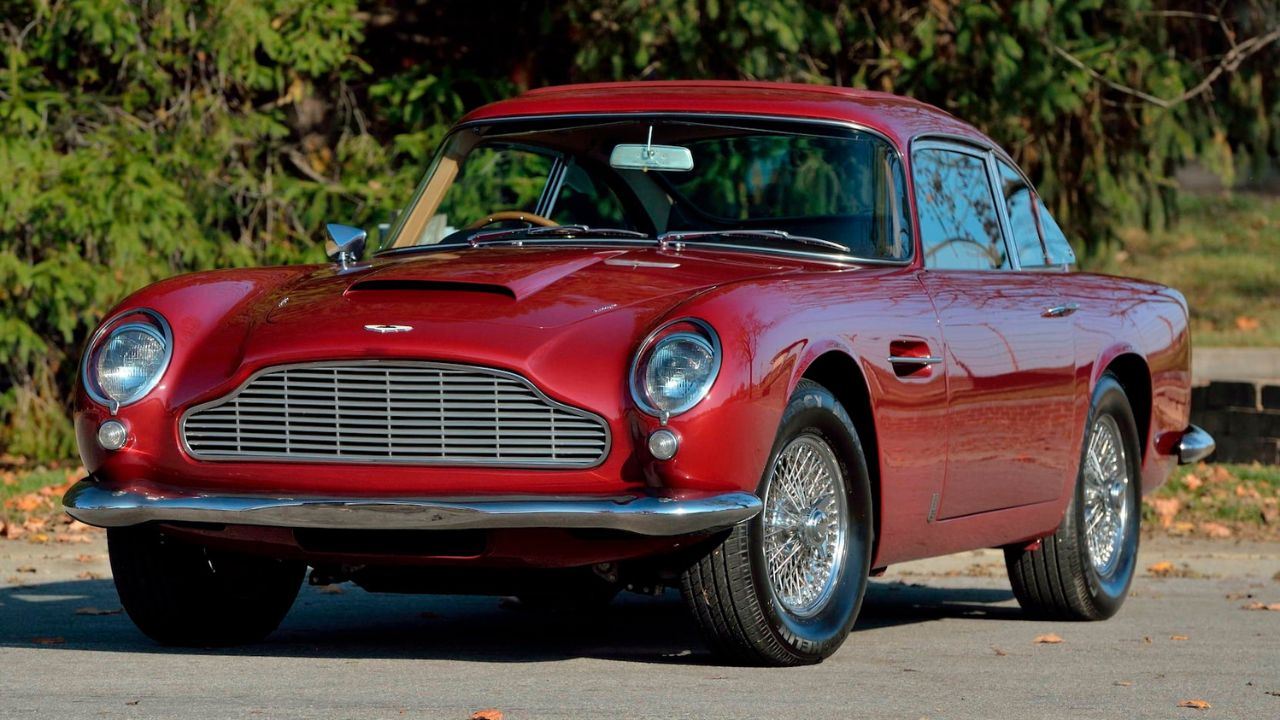
Made famous by James Bond, the DB5 isn’t just a screen icon. Underneath its sleek skin is a 4.0L straight-six with 282 hp and a top speed of 145 mph. It’s grand touring at its finest, with classic looks and the kind of presence that never goes out of style.
Lotus Esprit
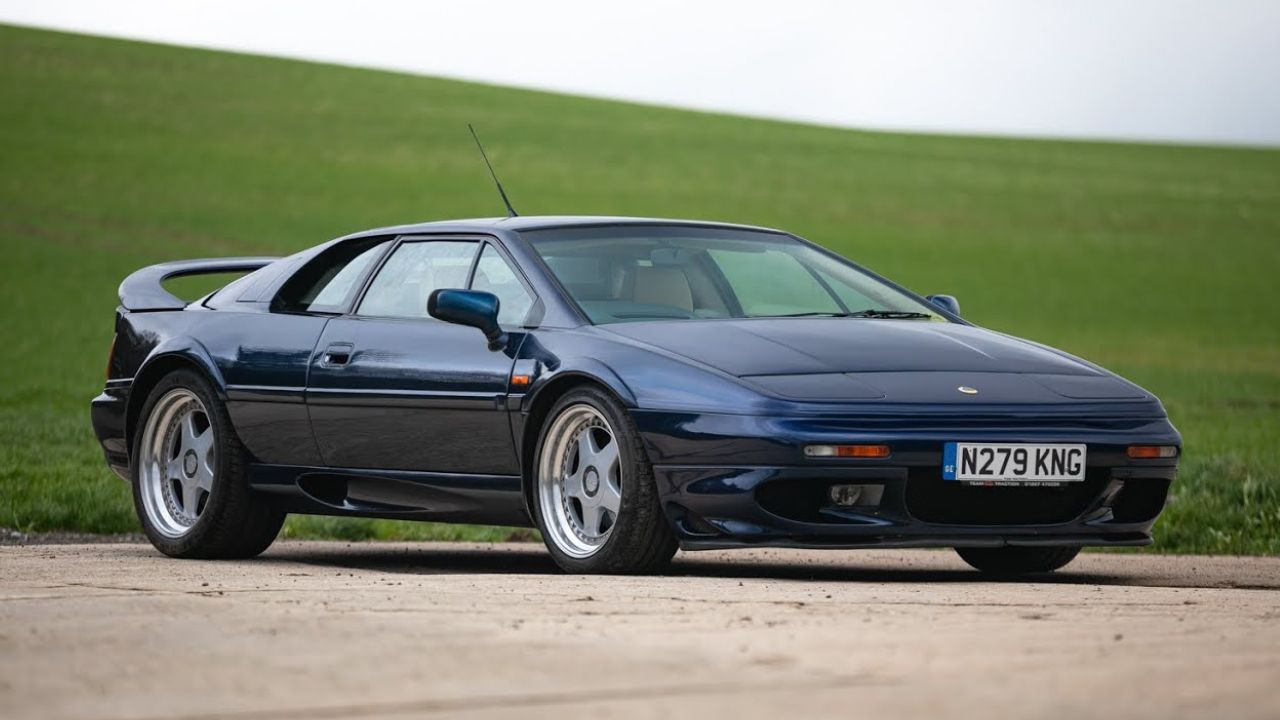
Lotus played the long game with the Esprit. Launched with Giugiaro’s folded-paper design and ending with a twin-turbo V8, the Esprit lasted nearly 30 years. Lightweight, agile, and quick, it had more than one moment in the spotlight—Bond included.
Jaguar XJ220
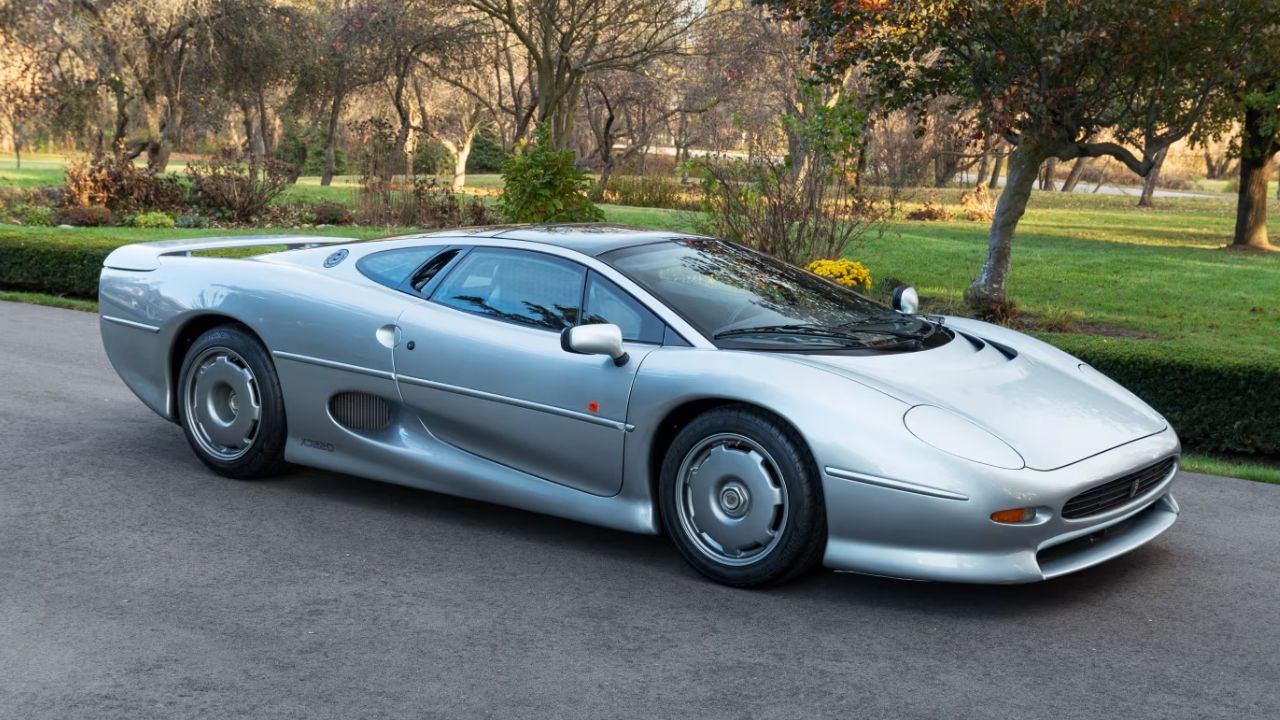
Once the fastest production car on Earth, the Jaguar XJ220 used a 3.5L twin-turbo V6 making 542 hp to crack 212 mph. It was supposed to have a V12 and AWD, but the changes didn’t stop it from making history.
MG MGB
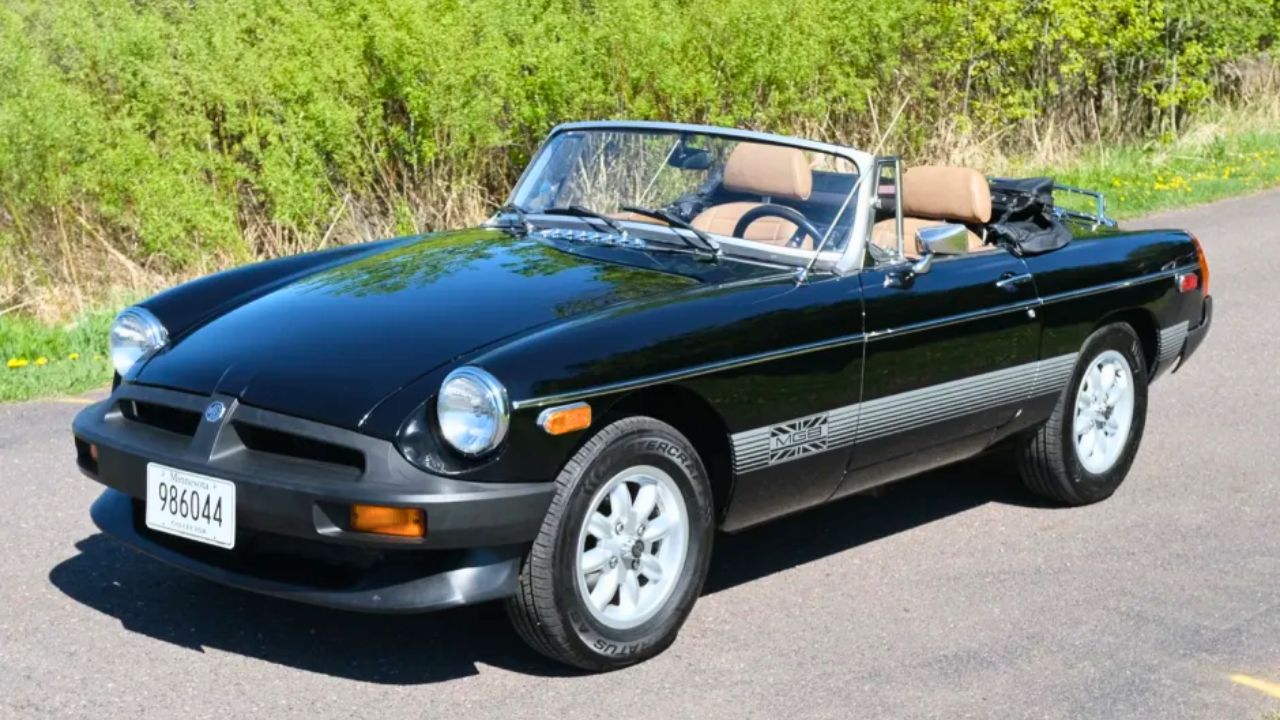
Affordable, simple, and fun. The MGB was a smash hit with over half a million sold. It stuck to the sports car basics: front-engine, rear-drive, manual gearbox, and enough charm to inspire the entire Miata formula decades later.
Aston Martin V8 Vantage
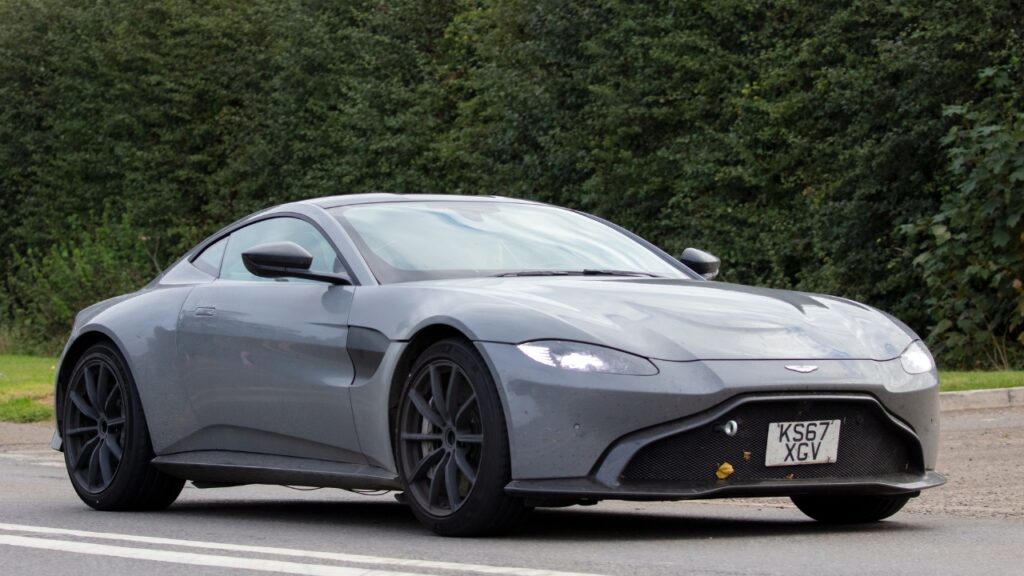
Whether you’re talking about the classic models or the newer AMG-powered versions, the V8 Vantage has always been about delivering serious muscle in a tailored British suit. The latest version packs over 500 hp from a 4.0L twin-turbo V8.
Caterham Seven
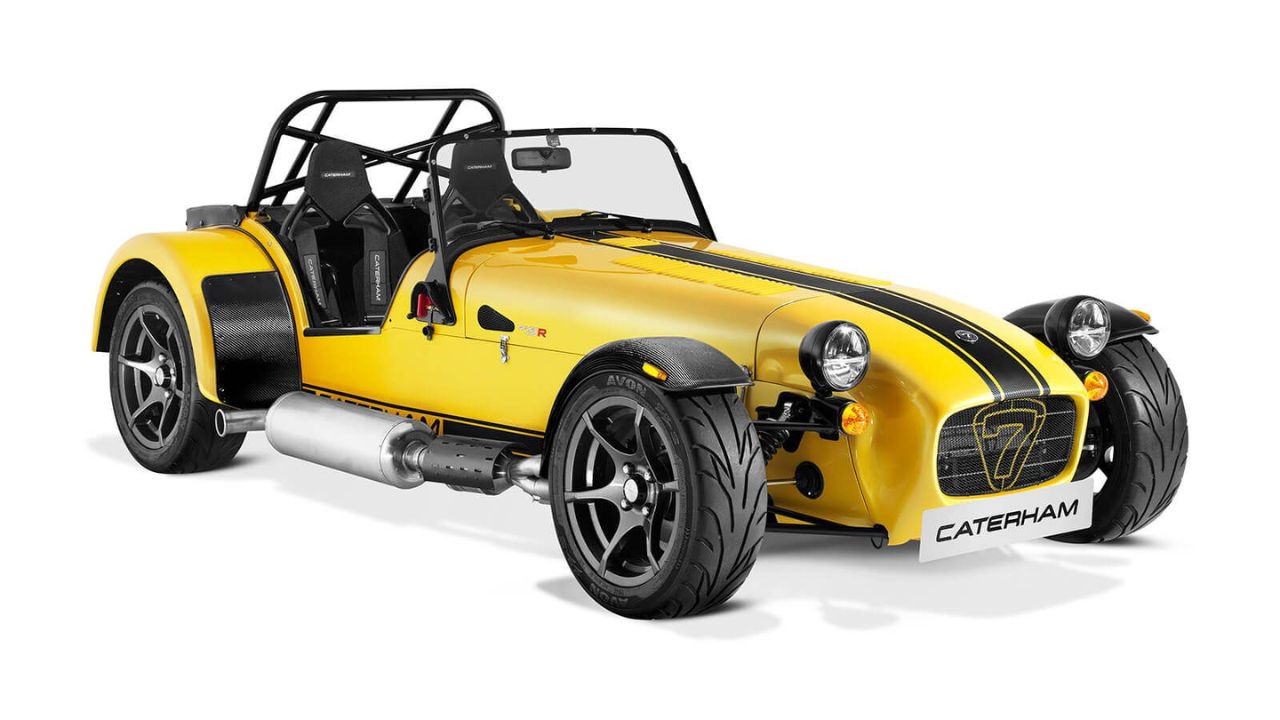
The Caterham Seven proves that performance doesn’t need frills. It’s a Lotus Seven carried into the modern age. Minimal weight, no nonsense, and raw driving feedback. Even the base models offer a thrill few modern sports cars can match.
Aston Martin DB7
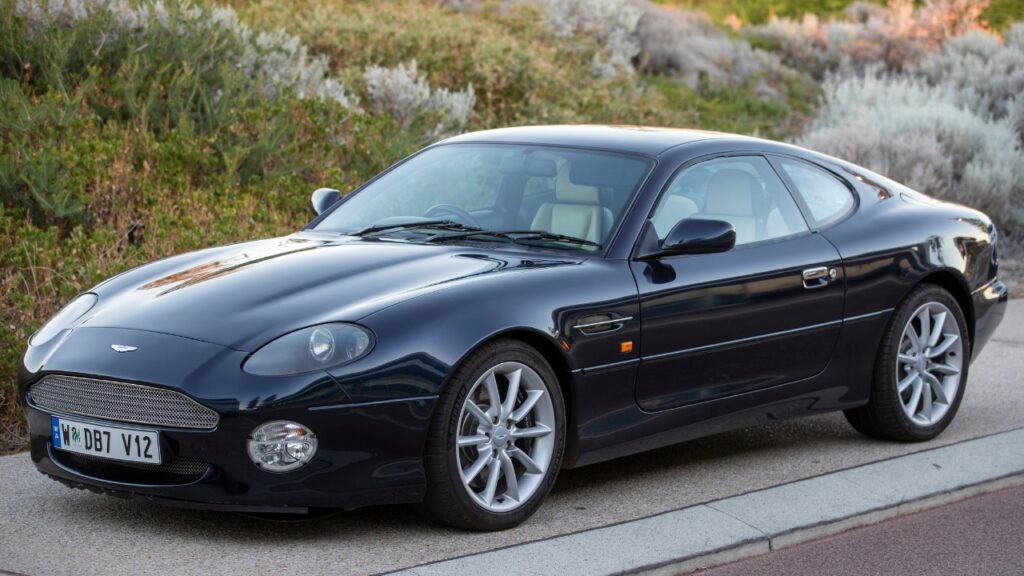
The DB7 was a turning point. Built under Ford’s watch, it borrowed from Jaguar and Mazda parts bins but delivered sleek styling and grand touring charm. It paved the way for Aston’s 21st-century resurgence.
TVR Chimaera
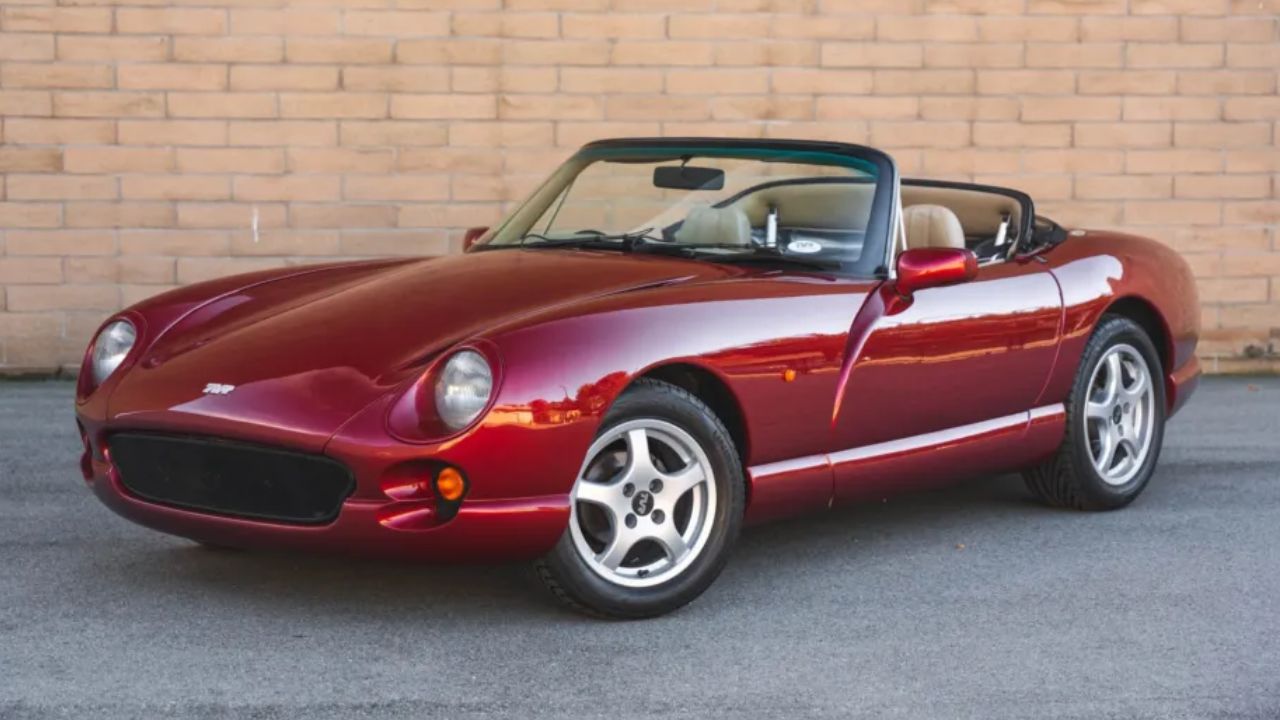
TVR has always built wild cars, and the Chimaera was no exception. Simple, V8-powered, and devoid of driver aids, it offered an unfiltered driving experience. With 340 hp on tap and zero electronics, it was as raw as they come.
AC Aceca
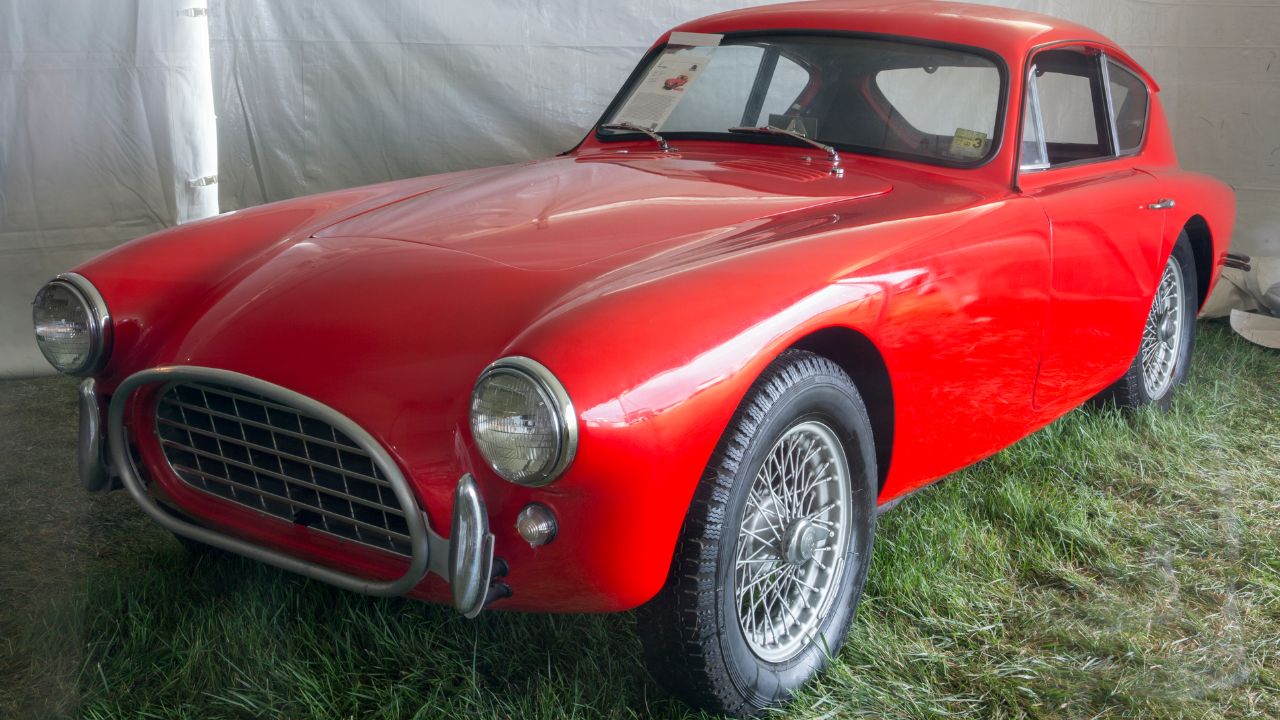
Often overshadowed by the Cobra, the Aceca was the closed-roof sibling to the AC Ace. It wasn’t a fire-breather, but its inline-six made it lively, and the design was every bit as pretty as an E-Type.
Lotus Exige
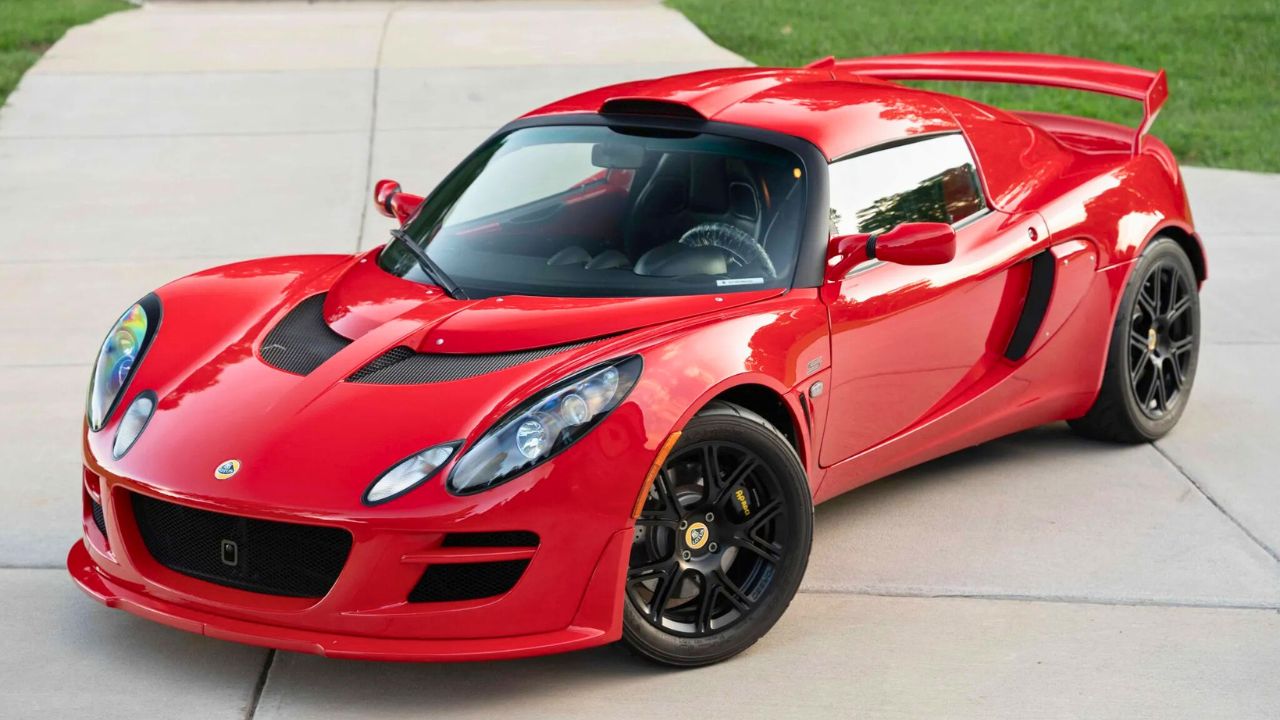
Born from the Elise, the Exige cranked things up with more power, more grip, and track-day cred. Later versions packed a 3.5L supercharged V6 and handling to rival anything with a badge from Stuttgart or Maranello.
Jaguar F-Type
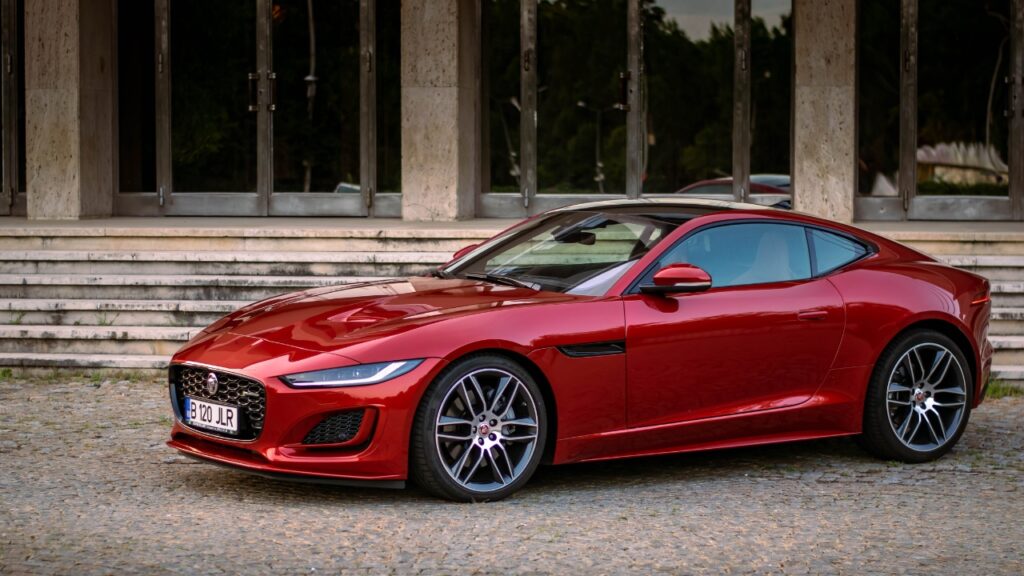
The F-Type brought Jaguar back into the sports car spotlight. Available with everything from a turbo-four to a supercharged V8, it had looks, sound, and the performance to match. A fitting spiritual successor to the E-Type.
Lotus 2-Eleven
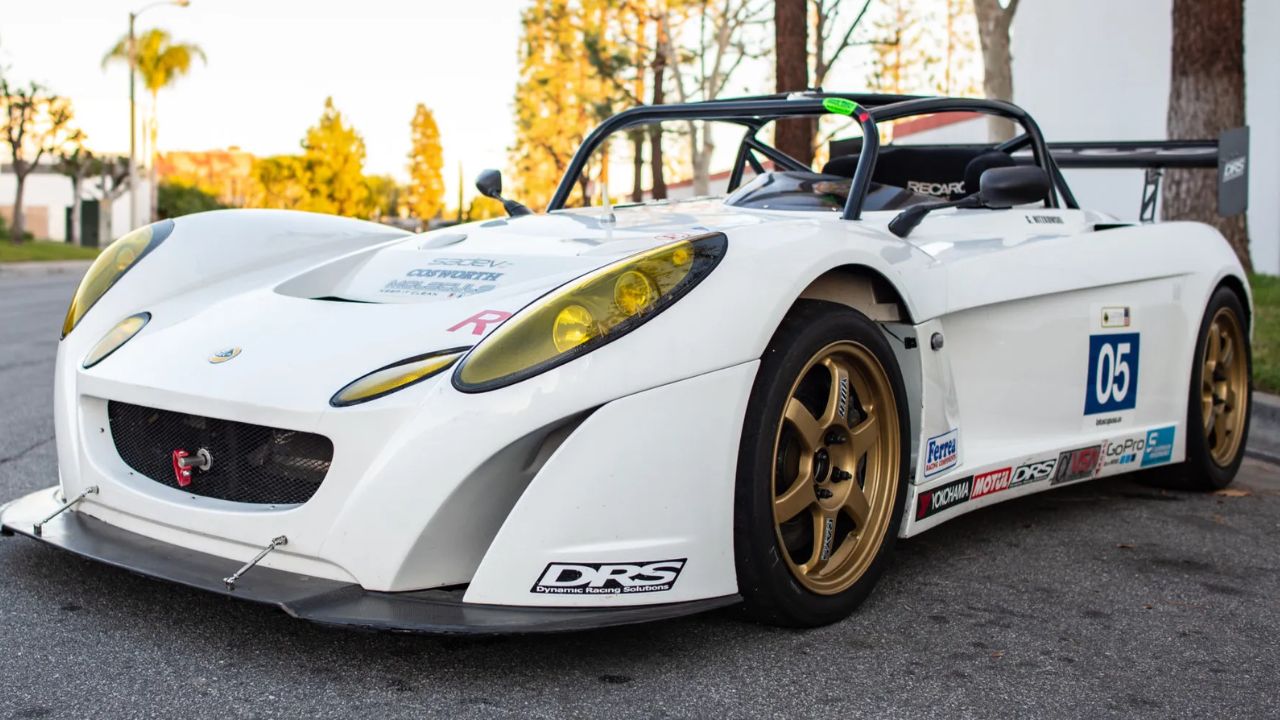
This isn’t a car you drive to work—it’s one you trailer to the track. The 2-Eleven weighs under 1,500 lbs and uses a supercharged 1.8L to make 257 hp. That gives it power-to-weight figures not far off vintage F1 cars.
Lotus Evora
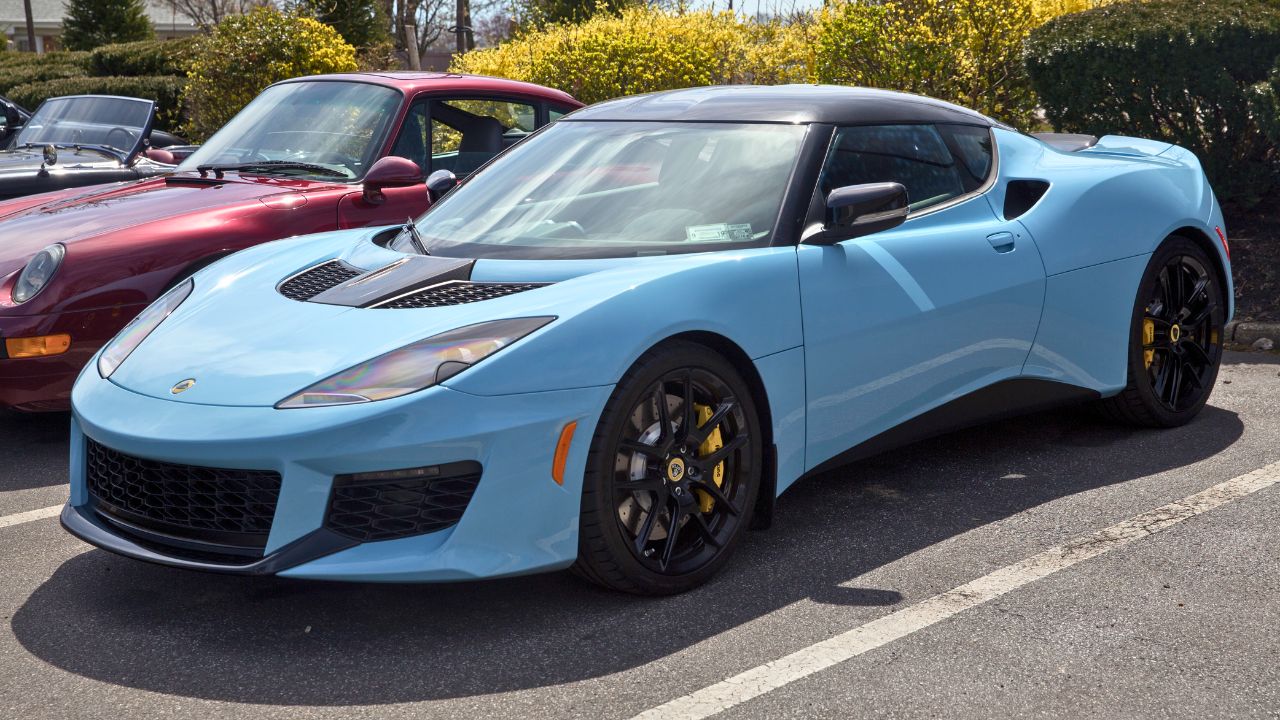
The Evora split the difference between stripped-down Elise and a real grand tourer. It used a 3.5L Toyota V6 and came with an optional supercharger. Less hardcore, more liveable—but still every bit a driver’s car.
Morgan Plus 8
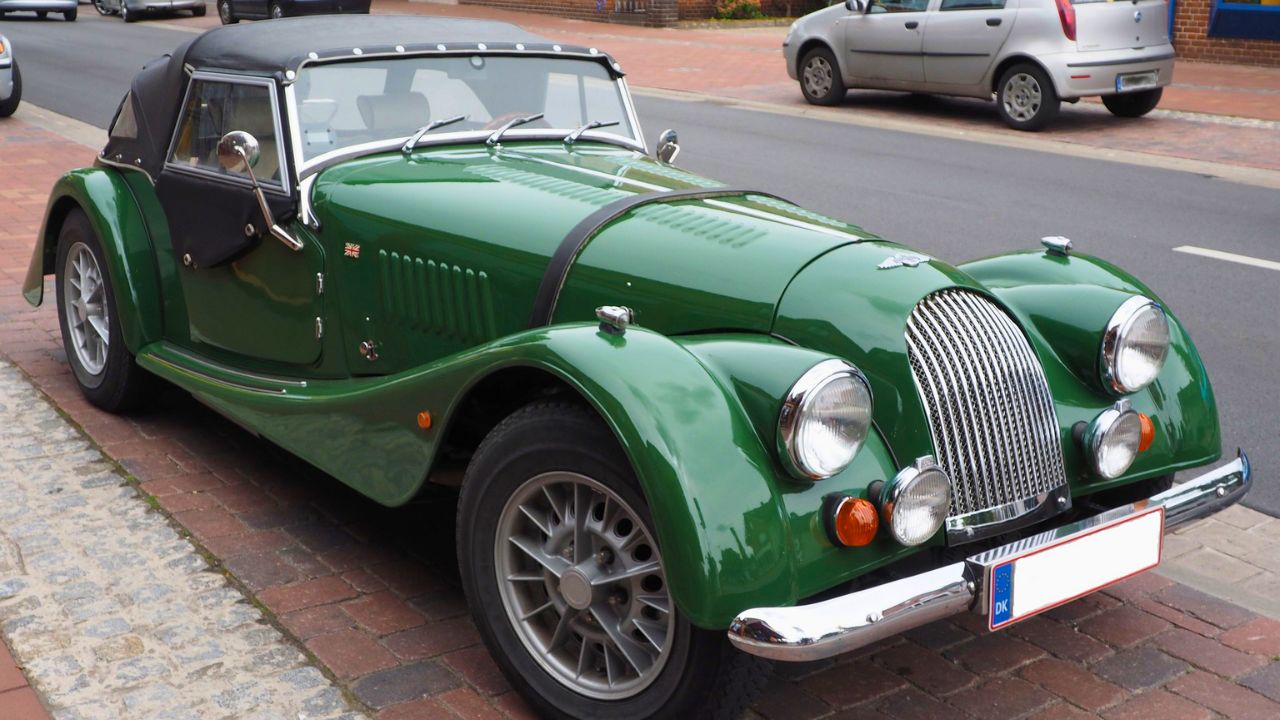
It looks like something from the 1930s, but don’t let that fool you. Under the hood of the Plus 8 is a V8 (originally Rover, later BMW), and despite the vintage body, it can absolutely move.
Ariel Atom
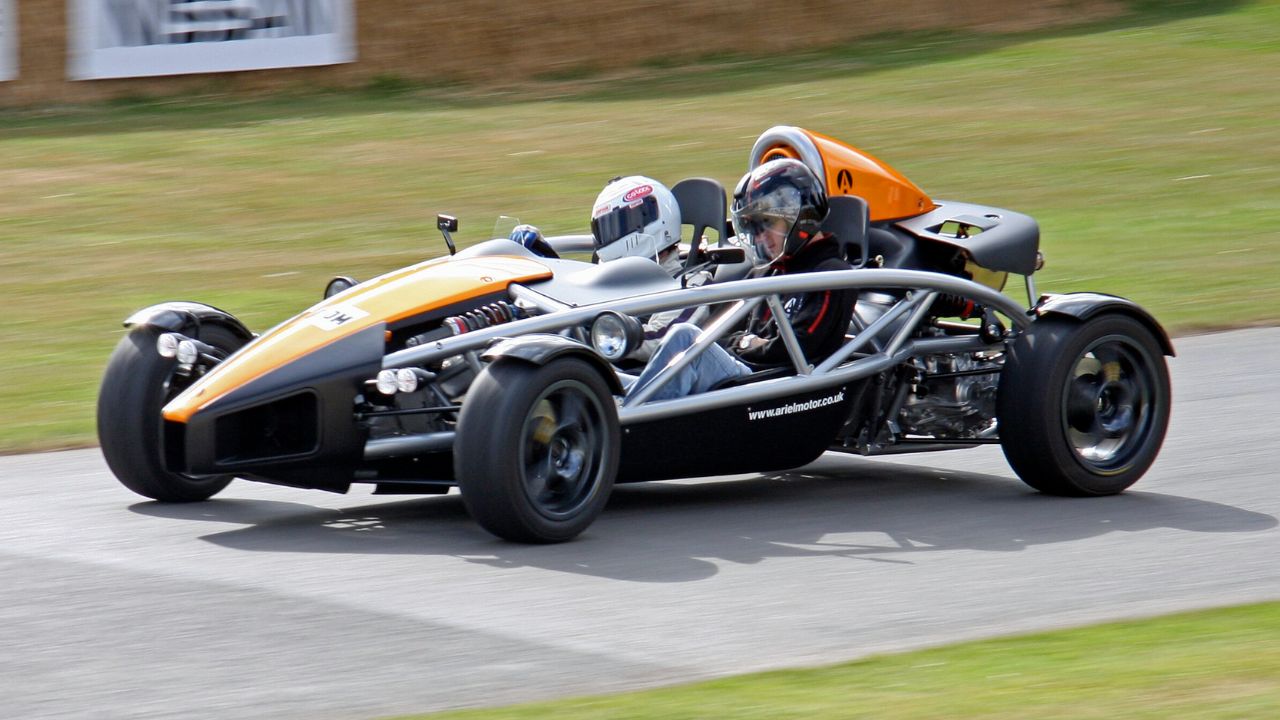
Forget body panels—just bolt a Civic Type R engine into a bare frame, add seats, and hang on. The Atom delivers absurd acceleration and cornering. It’s not for the faint of heart, but it’s hard to top for pure speed-per-pound.
Ginetta G60
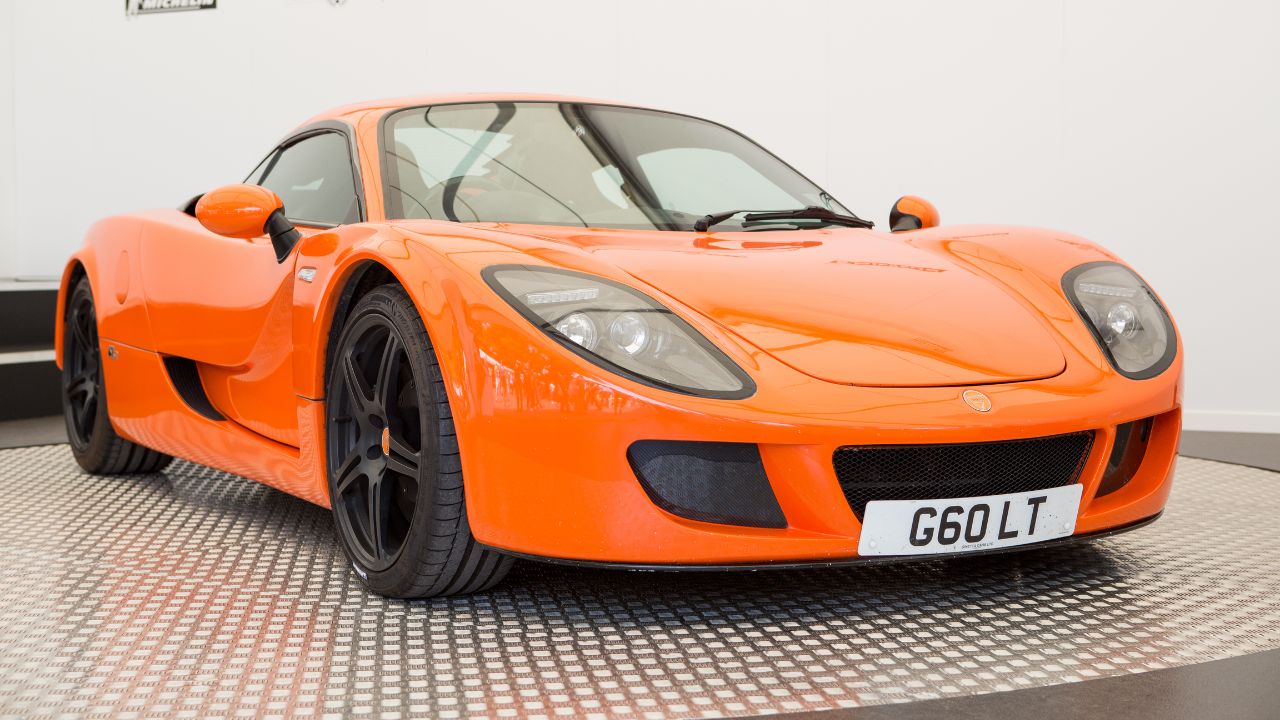
Built more for the track than the street, the Ginetta G60 used a carbon tub and Ford-sourced V6 to deliver a truly connected drive. It was light, loud, and rare—a recipe for future collector status.
Noble M500
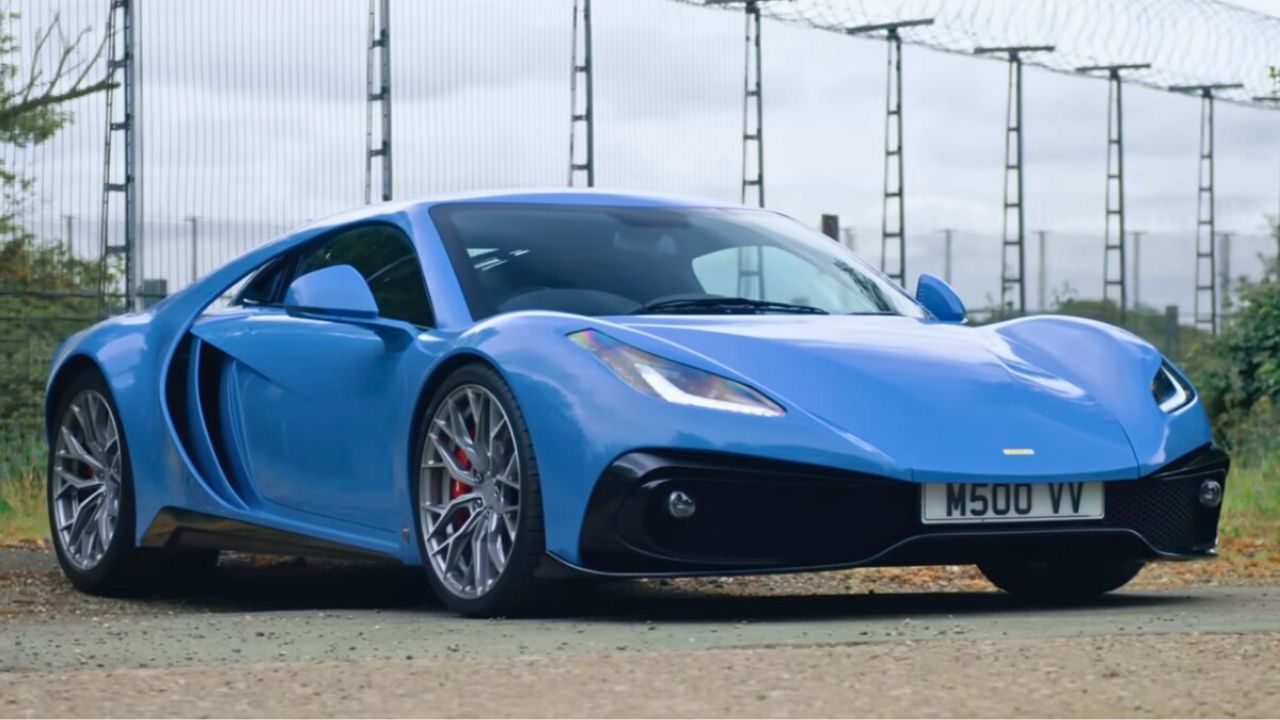
Noble’s always been about putting function first. The M500 is stripped-back, twin-turbocharged, and built for the road in the way a Le Mans car might be. 500+ horsepower, carbon body, and zero fluff.
Austin-Healey 3000
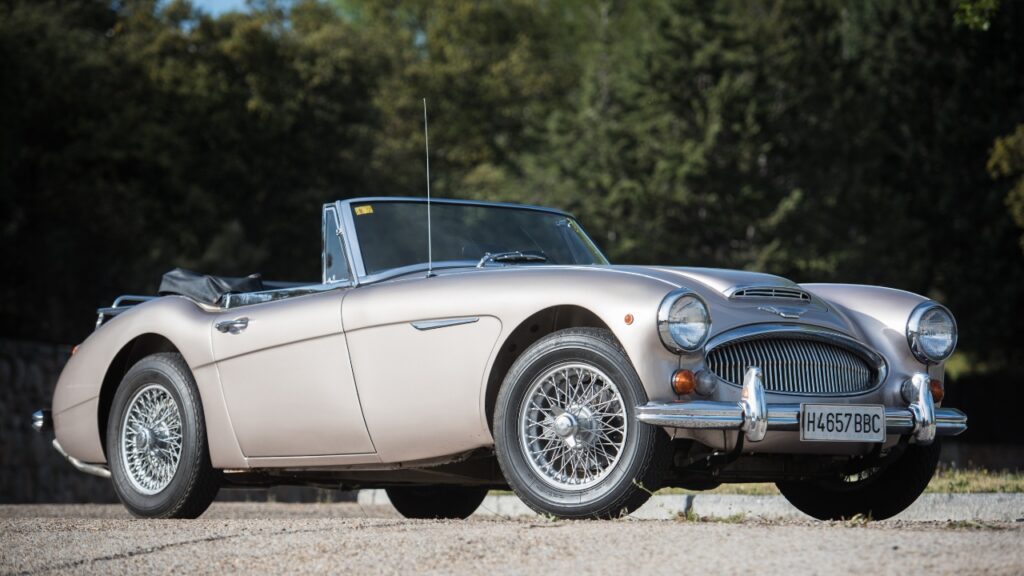
A proper big-six British bruiser. The 2.9L straight-six made nearly 150 hp, and the Healey could top 120 mph. Simple, strong, and surprisingly reliable—which made it a force in endurance racing.
Gordon Murray T.33
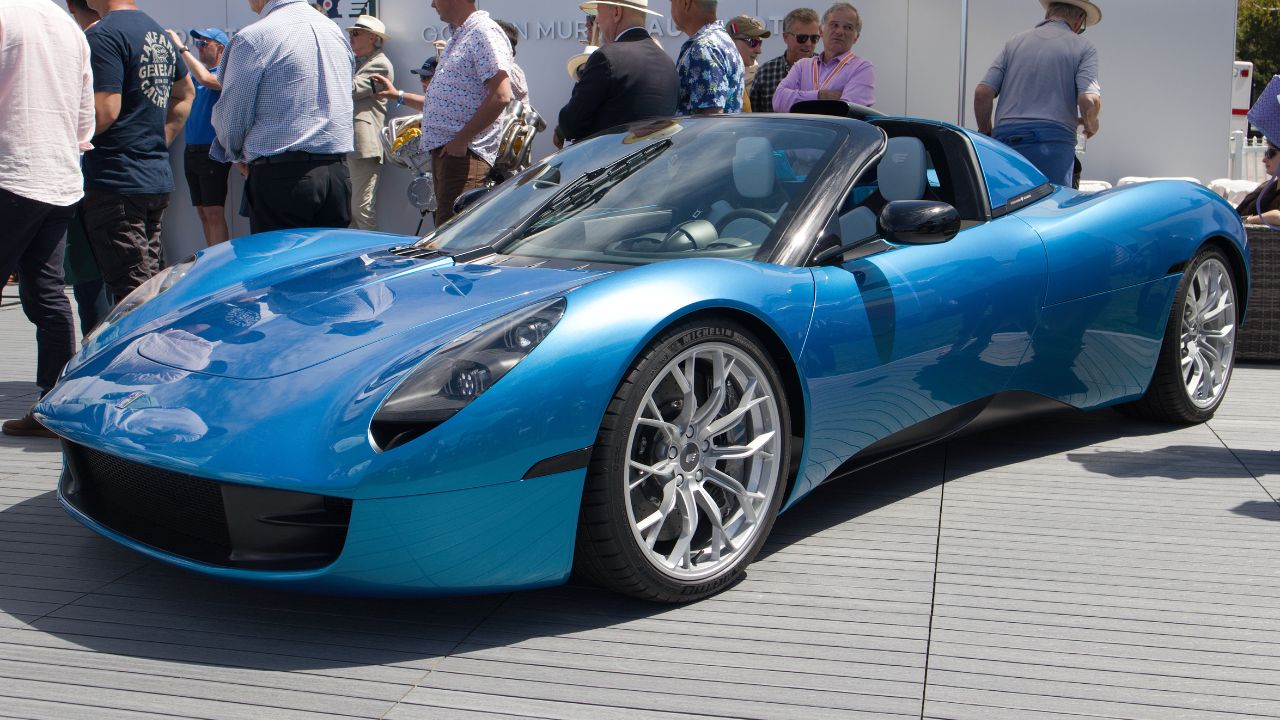
Designed as a throwback to ’60s GT cars, the T.33 is a hand-built piece of art. It shares its Cosworth V12 with the T.50 and weighs just 2,400 lbs. High-revving, beautifully sculpted, and made by the man behind the McLaren F1.
McLaren P1
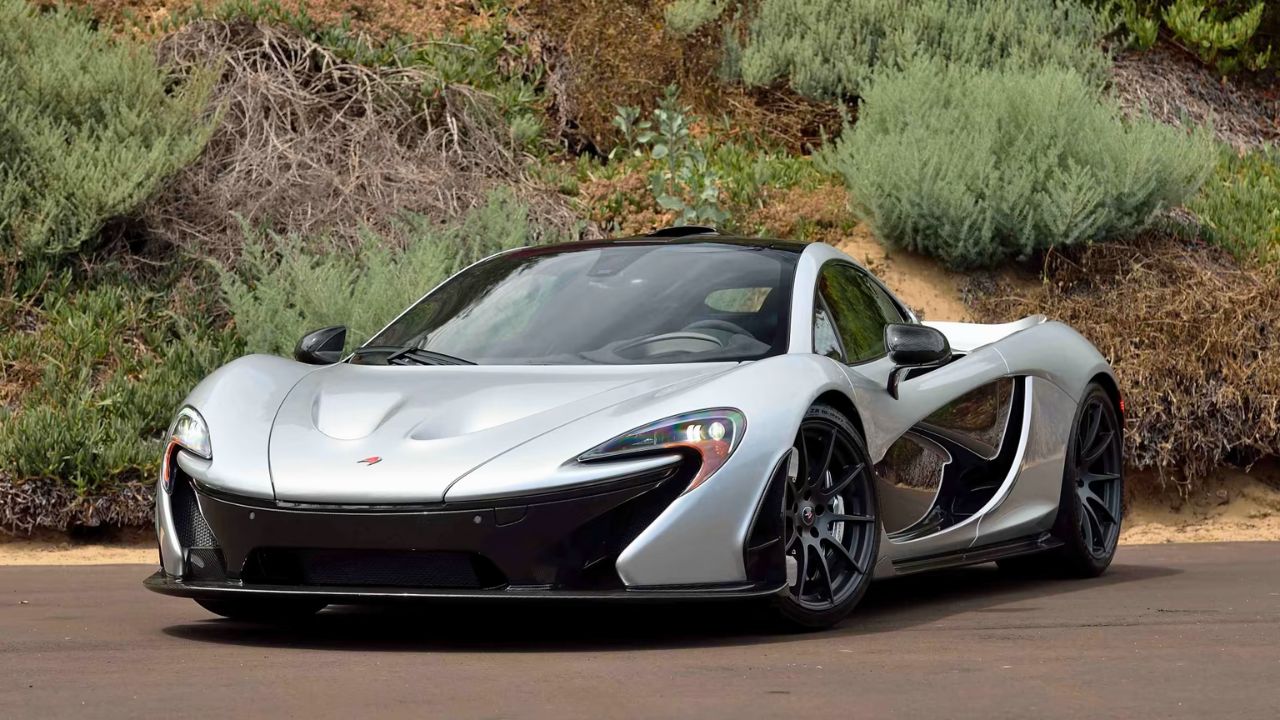
McLaren’s entry into the hybrid hypercar race delivered 903 hp and tech from Formula 1. It had IPAS and DRS systems like an F1 car, could do 0-60 in 2.8 seconds, and hit 217 mph—yet still looked right at home on a city street.
Lotus Emira GT4
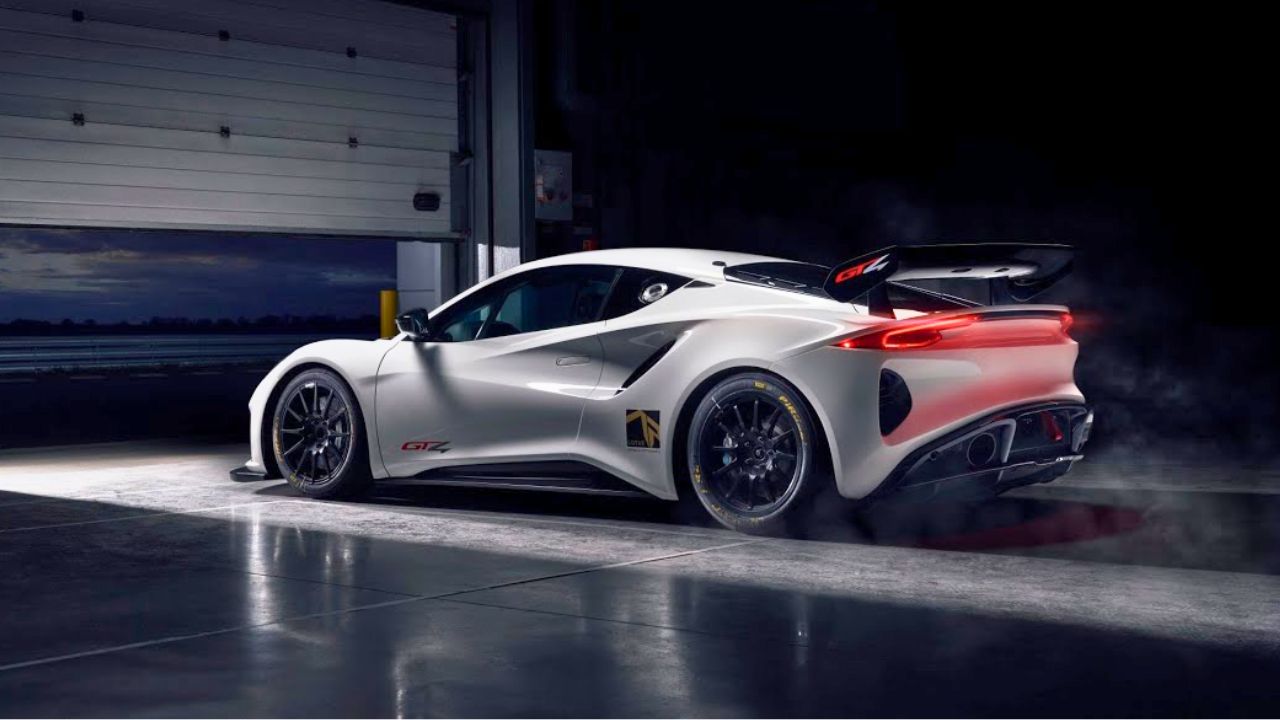
If the standard Emira wasn’t wild enough, the GT4 version ups the ante. Less weight, better suspension, and a 3.5L V6 pushing power through a 6-speed sequential. It’s built to lap, not cruise—but what a lap it is.
Like Fast Lane Only’s content? Be sure to follow us.
Here’s more from us:
*Created with AI assistance and editor review.

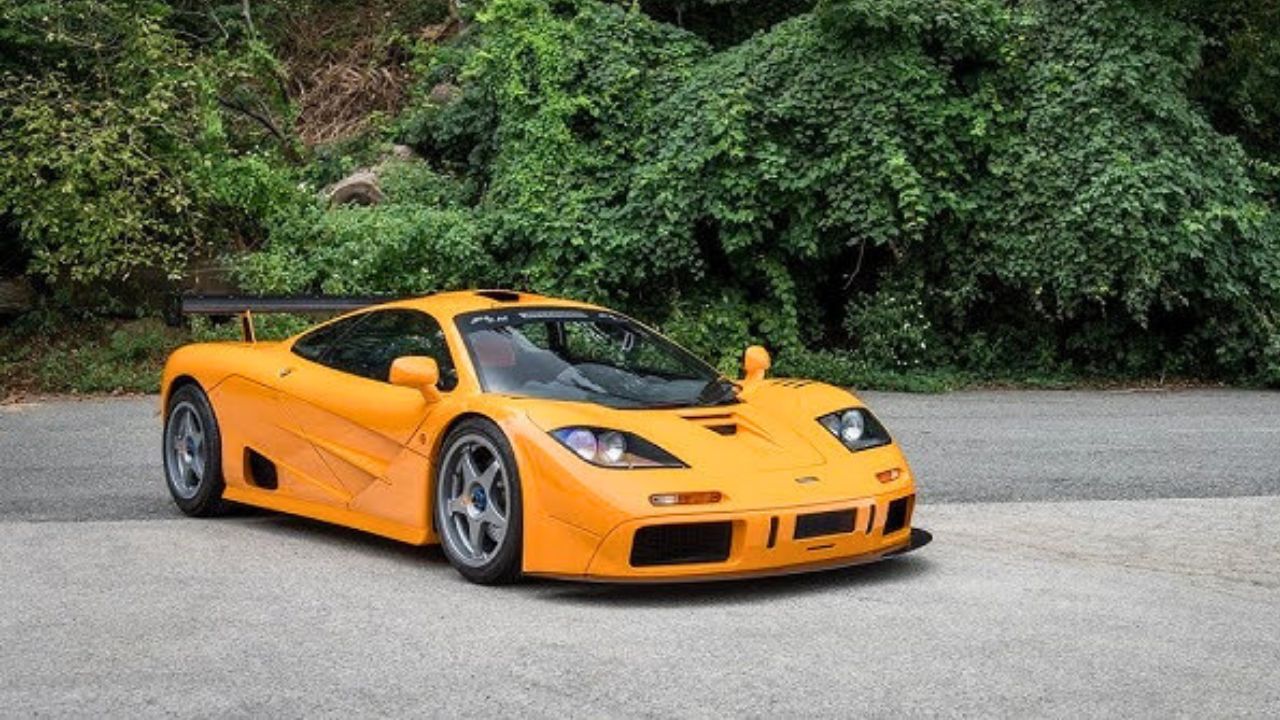
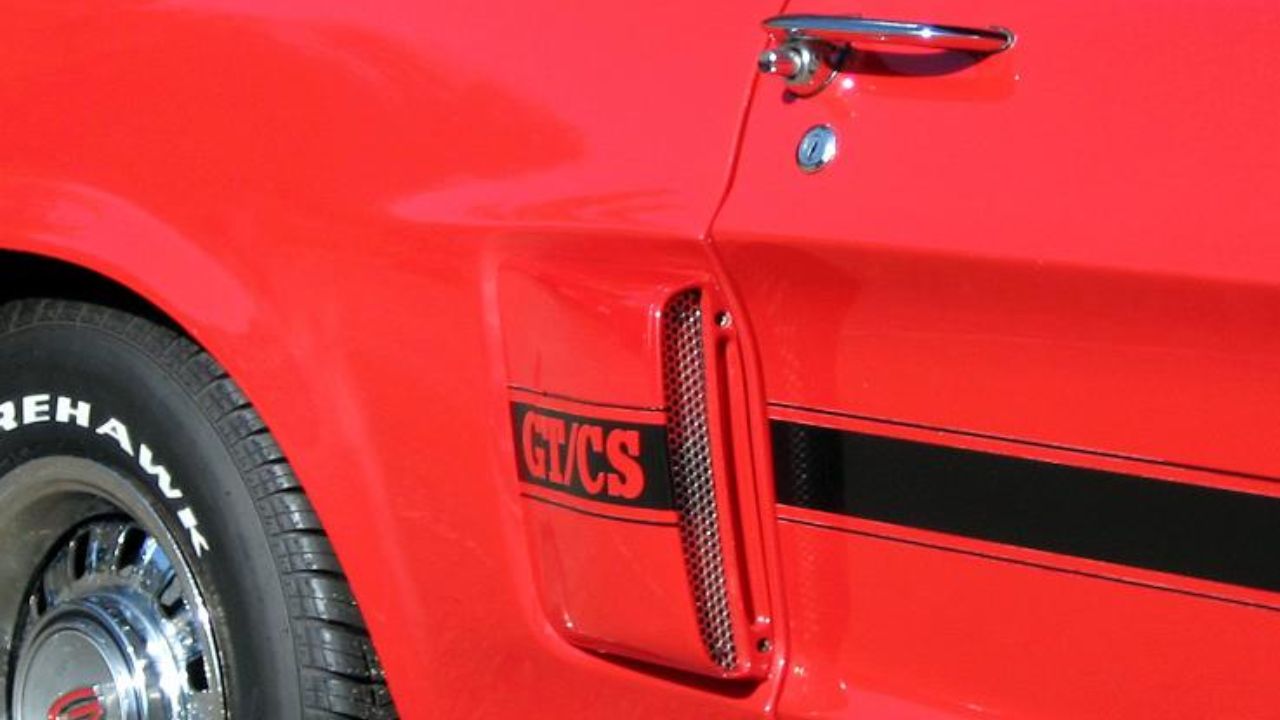
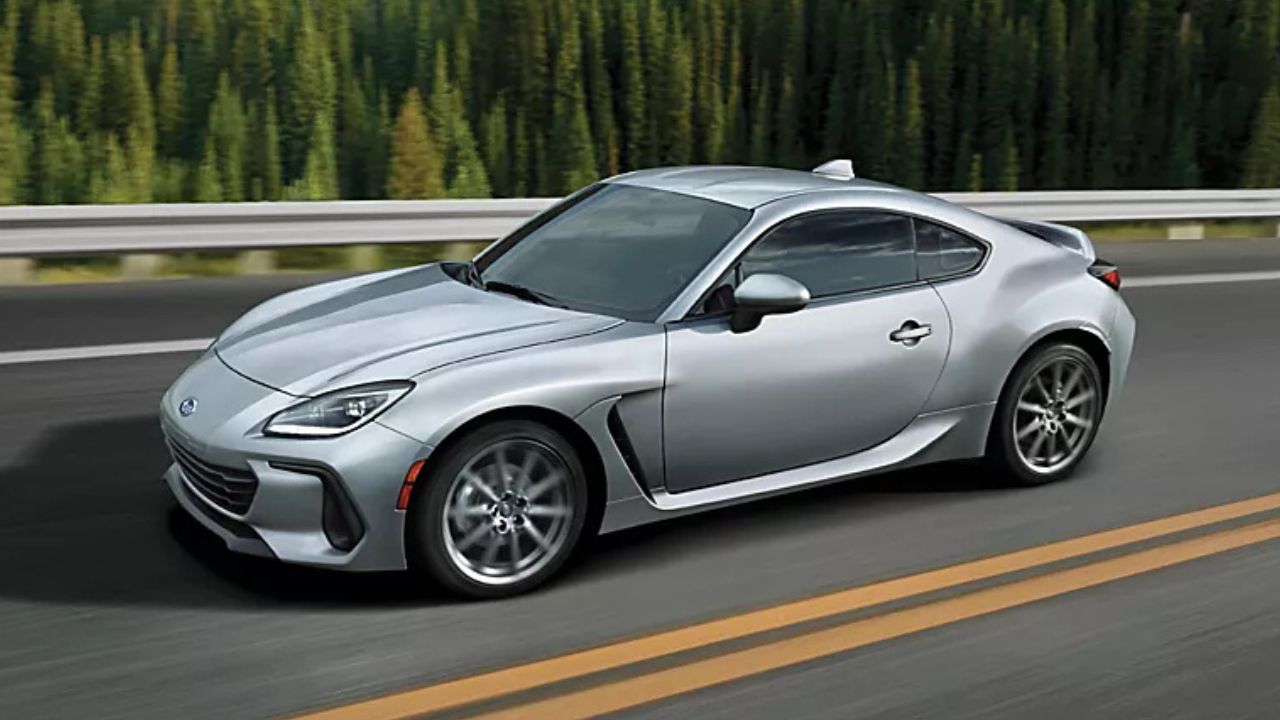
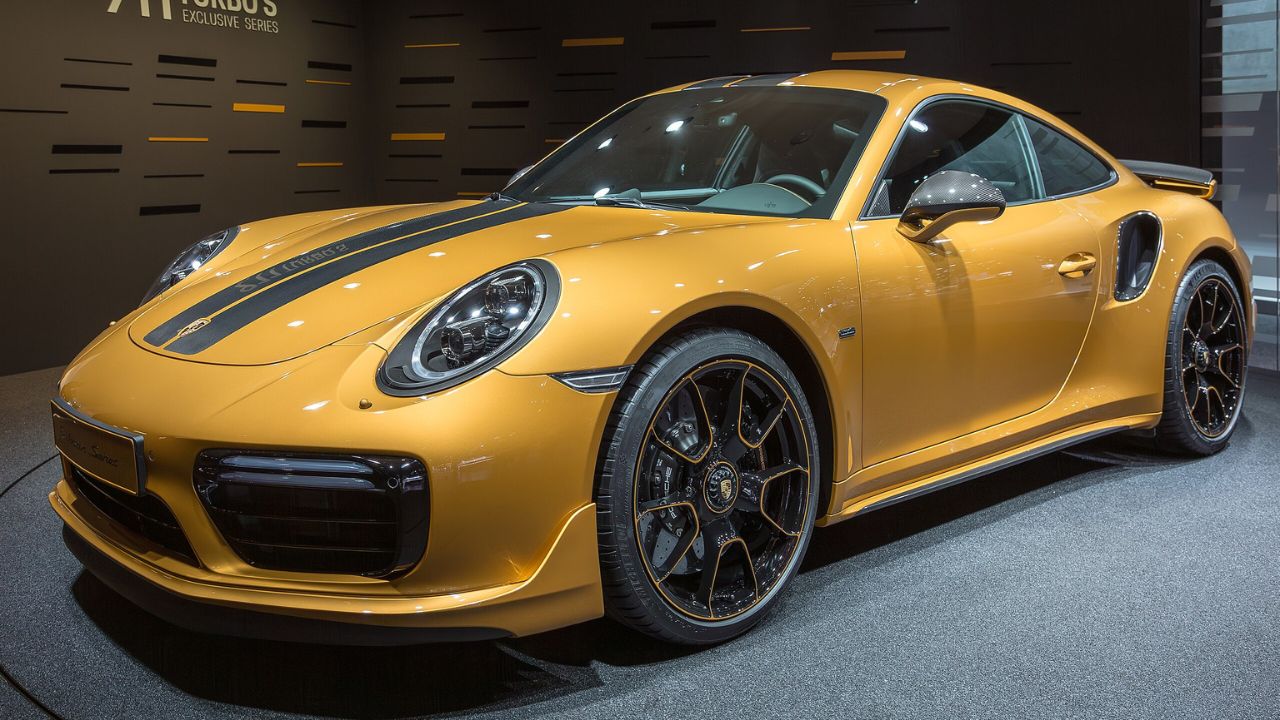
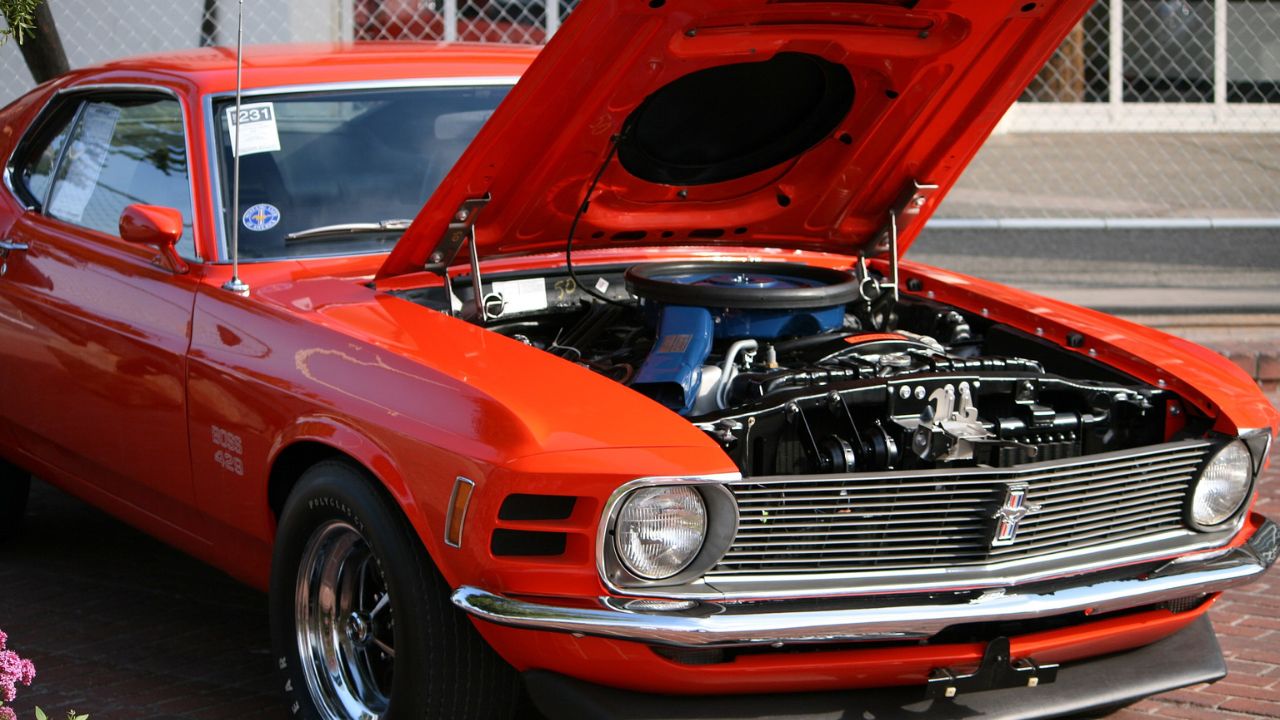
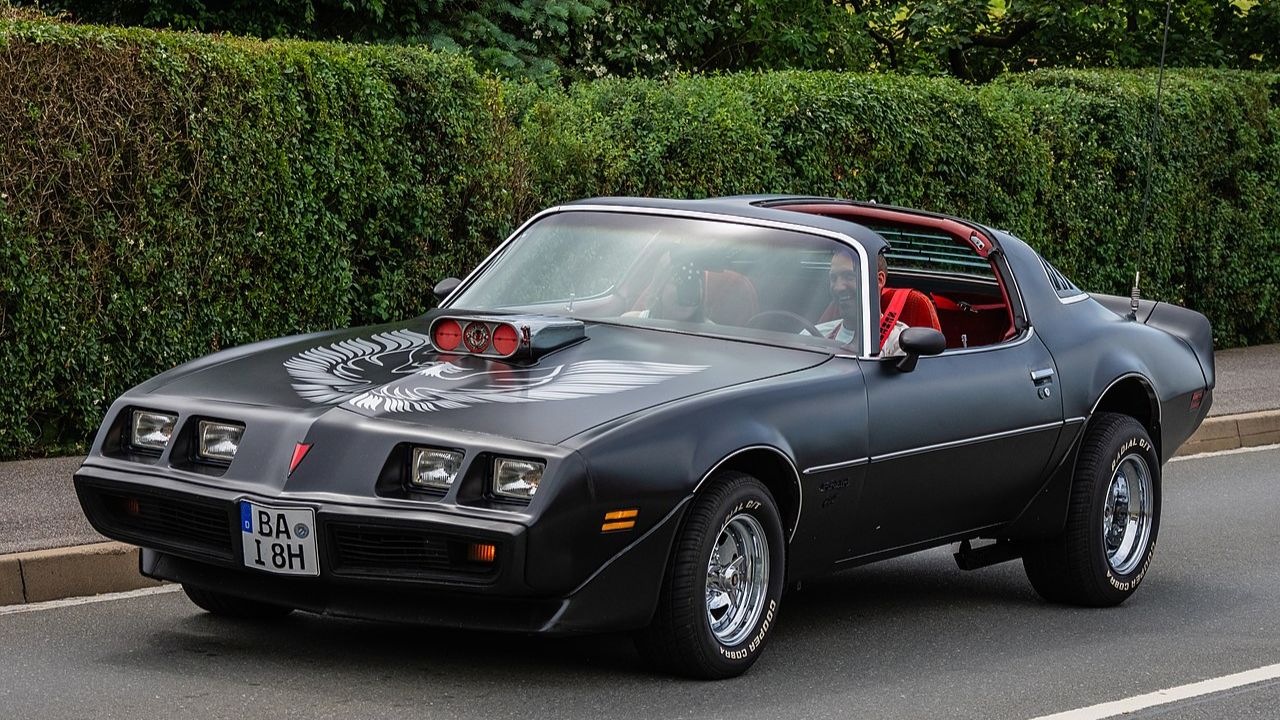
Leave a Reply